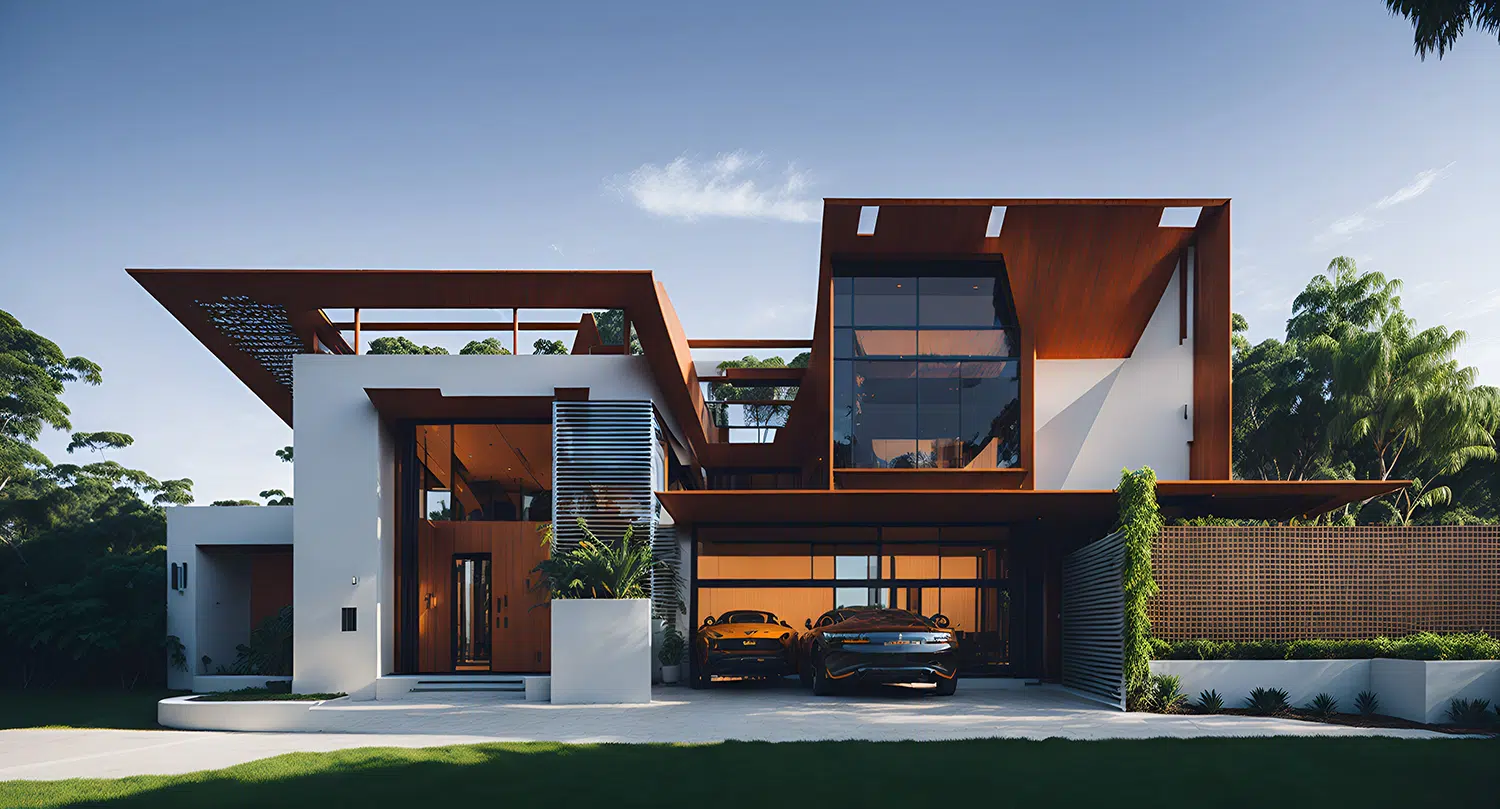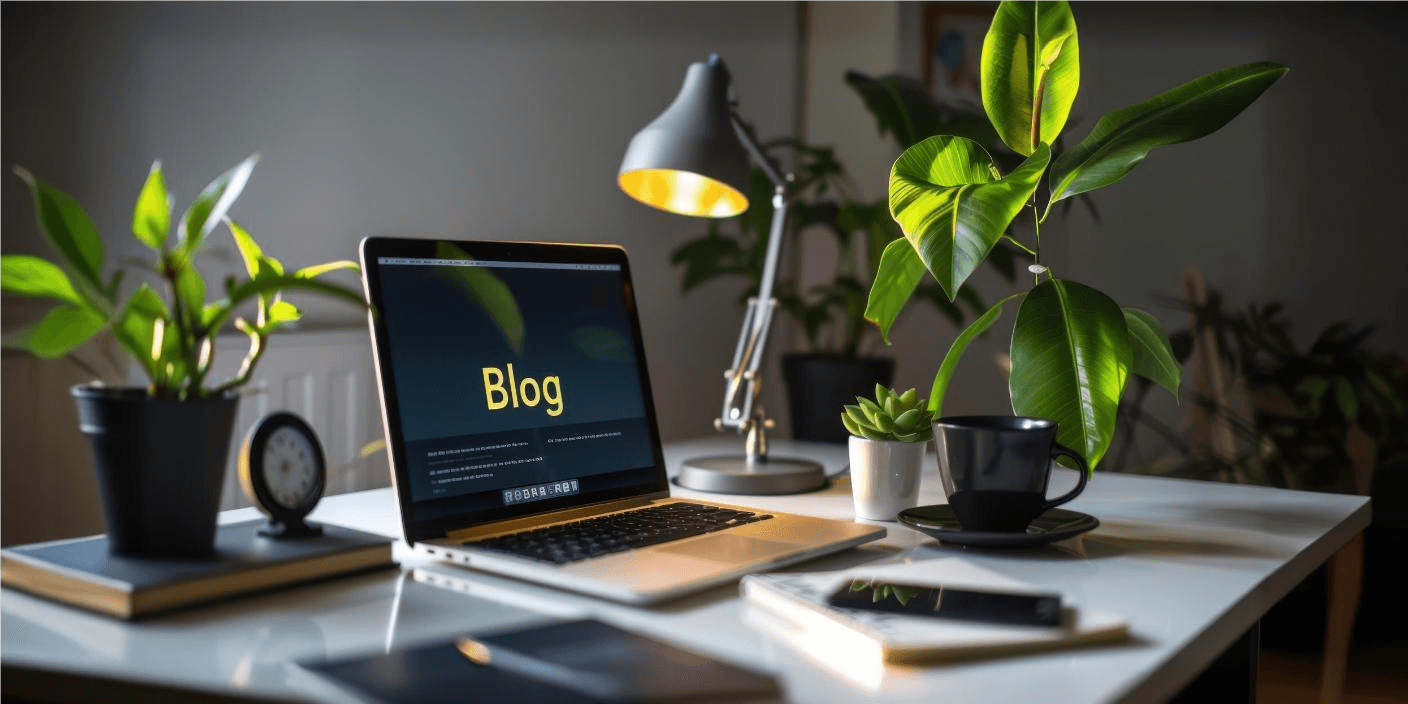Given the evolving of world of web design, trends come and go, but one approach has remained consistently popular in recent years—minimalism. Minimalist design has taken center stage in the modern web development landscape, favored for its clean aesthetics, functionality, and focus on user experience. But why exactly is minimalist design so popular, and what benefits does it offer?
This blog will explore why minimalist design has become a dominant force in modern websites, its core principles, and how it enhances the overall experience for users and businesses alike.
1. What is Minimalist Design?
Minimalist design is a style that emphasizes simplicity by removing all unnecessary elements, leaving only what is essential. It focuses on clean lines, ample white space, and limited color schemes. Instead of relying on elaborate visuals, the core of minimalist design is about functionality, ensuring that each element serves a purpose.
The core principles of minimalist design include:
Simplicity: Stripping away non-essential elements, focusing on a clean and straightforward interface.
Whitespace: Using ample negative space to create a sense of openness and balance.
Functionality: Ensuring each design element has a purpose and contributes to the overall user experience.
Typography: Using clean, easy-to-read fonts that align with the overall design philosophy.
Minimalism in design often involves saying more with less, and it’s this philosophy that has become so appealing in modern website design.
2. Why Minimalist Design is Gaining Popularity
Enhanced User Experience (UX)
One of the biggest reasons minimalist design is popular is because it significantly improves the user experience. In today’s fast-paced digital world, users don’t have the time or patience to deal with cluttered interfaces. They want to access information quickly and efficiently, and minimalist design provides a clear and intuitive path to do so.
By reducing distractions, minimalism directs the user’s focus to what truly matters—whether it’s content, a call to action, or a product page. This makes navigation easier and helps users find what they’re looking for without feeling overwhelmed.
Faster Load Times
Website speed is a critical factor in both user satisfaction and search engine rankings. One of the practical advantages of minimalist design is its ability to improve page load times. By removing unnecessary elements such as heavy images, animations, or excess code, minimalist websites are lighter and faster.
In a world where users expect pages to load in under two seconds, a faster website can make the difference between a visitor staying on your site or bouncing to a competitor. Search engines like Google also favor websites with faster load times, making minimalist design a great choice for SEO.
Mobile-First Approach
With the majority of users accessing websites via mobile devices, minimalist design is particularly well-suited for mobile-first development. Clean, simple layouts adapt better to smaller screens, making them easier to navigate on smartphones and tablets.
Minimalist designs prioritize usability, ensuring that touch-based interactions, buttons, and links are easy to find and use on mobile devices. This mobile-friendly approach is essential in modern web development, where providing a seamless experience across devices is key to retaining users.
Focus on Content
Minimalist design places content at the forefront, ensuring that it’s the focal point of the website. In contrast to visually complex designs, which may distract users from the message, minimalist websites highlight the content—be it text, images, or videos.
For businesses, this means that the focus is placed on the product, service, or message, rather than on elaborate design elements. In this way, the user is more likely to engage with the content and take the desired actions, such as making a purchase or signing up for a newsletter.
3. Key Elements of Minimalist Design in Websites
Whitespace
Whitespace, often referred to as negative space, is one of the defining characteristics of minimalist design. It is the empty space between elements, such as text, images, or buttons. While it may seem counterintuitive, whitespace actually enhances readability and comprehension by reducing visual clutter.
Whitespace gives the design room to breathe and guides the user’s attention to important elements, such as headlines, CTAs, or images. It creates a balanced layout and contributes to a more refined, sophisticated look.
Limited Color Palette
Minimalist design often employs a limited color palette, typically consisting of one or two primary colors with a few accent colors. The use of fewer colors helps create a cohesive and clean aesthetic while reducing distractions.
Neutral tones, such as whites, blacks, and grays, are often used in minimalist design. These colors convey simplicity and elegance while allowing important elements, such as buttons or links, to stand out with contrasting colors.
Simple Typography
Typography plays a crucial role in minimalist design. The fonts used are typically clean, sans-serif, and easy to read, with an emphasis on simplicity. Large, bold headlines paired with smaller, more delicate body text create a visual hierarchy that guides users through the content.
The use of minimal fonts ensures that the text is legible and accessible on all devices, enhancing the overall user experience. Typography in minimalist design is about function over form—it should be easy to read while complementing the clean aesthetic.
Functional Design Elements
Every design element in a minimalist website should serve a specific purpose. Whether it’s a button, image, or navigation bar, each component should be intentional and contribute to the functionality of the site.
For example, minimalist websites often use simple, clear CTAs (calls to action) that stand out against the neutral background. These functional elements are strategically placed to lead the user through the website and encourage conversions.
4. How Minimalism Aligns with Modern Aesthetics
In an age where consumers are constantly bombarded with information, simplicity has become a sought-after luxury. Modern audiences appreciate the elegance and clarity that minimalist design brings, and it aligns with broader cultural trends toward simplicity and mindfulness.
Minimalism in design reflects a “less is more” philosophy, resonating with users who seek efficiency and clarity in their digital interactions. This modern aesthetic appeals to younger, tech-savvy audiences who prioritize functionality and usability over flashy design.
5. The SEO Benefits of Minimalist Design
Minimalist design doesn’t just improve user experience; it also positively impacts SEO (Search Engine Optimization). Here’s how:
Faster Page Load Speeds: As previously mentioned, minimalist designs load faster due to fewer elements and lighter code. Faster page speeds improve both user experience and search engine rankings.
Mobile-Friendly: Minimalist design’s adaptability to mobile devices helps meet Google’s mobile-first indexing criteria, ensuring better rankings for mobile search.
Enhanced Readability: Clean, well-organized content is more accessible to search engine crawlers, making it easier for your site to be indexed and ranked appropriately.
By improving page speed, mobile performance, and readability, minimalist design supports your SEO strategy, helping your website rank higher in search engine results pages (SERPs).
6. The Role of Minimalist Design in E-Commerce
E-commerce websites can benefit significantly from minimalist design. The clear, distraction-free interface helps guide customers directly to product pages, creating a seamless shopping experience.
With fewer distractions, customers are more likely to focus on the products themselves, resulting in higher conversion rates. Minimalist design also instills trust, as clean and simple layouts are often associated with professionalism and reliability.
7. Common Misconceptions About Minimalist Design
One of the most common misconceptions about minimalist design is that it’s too simple or lacks creativity. However, minimalist design doesn’t mean “boring” or “bland.” Instead, it’s about intentional simplicity—each element is carefully chosen to enhance the overall experience.
Minimalist design requires creativity in how elements are arranged and presented. It’s about solving problems through elegant, functional solutions rather than overwhelming users with excessive visuals.
Conclusion
Minimalist design has become a popular choice for modern websites because of its ability to enhance user experience, improve performance, and adapt to mobile devices. By focusing on simplicity, functionality, and clean aesthetics, minimalist websites create a lasting impression on users and help businesses achieve their digital goals.
Whether you’re a business looking to revamp your website or a designer seeking inspiration, embracing minimalist design can help you create a more effective, user-friendly site. Redwood Information and Technologies specializes in building websites that incorporate minimalist design principles, ensuring that your brand not only looks great but also performs seamlessly. Contact us today to learn how we can elevate your website with the power of minimalism!



